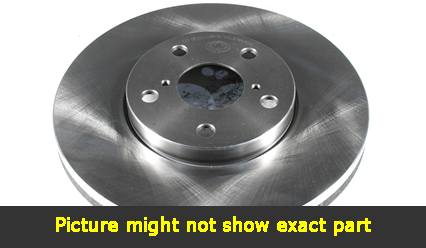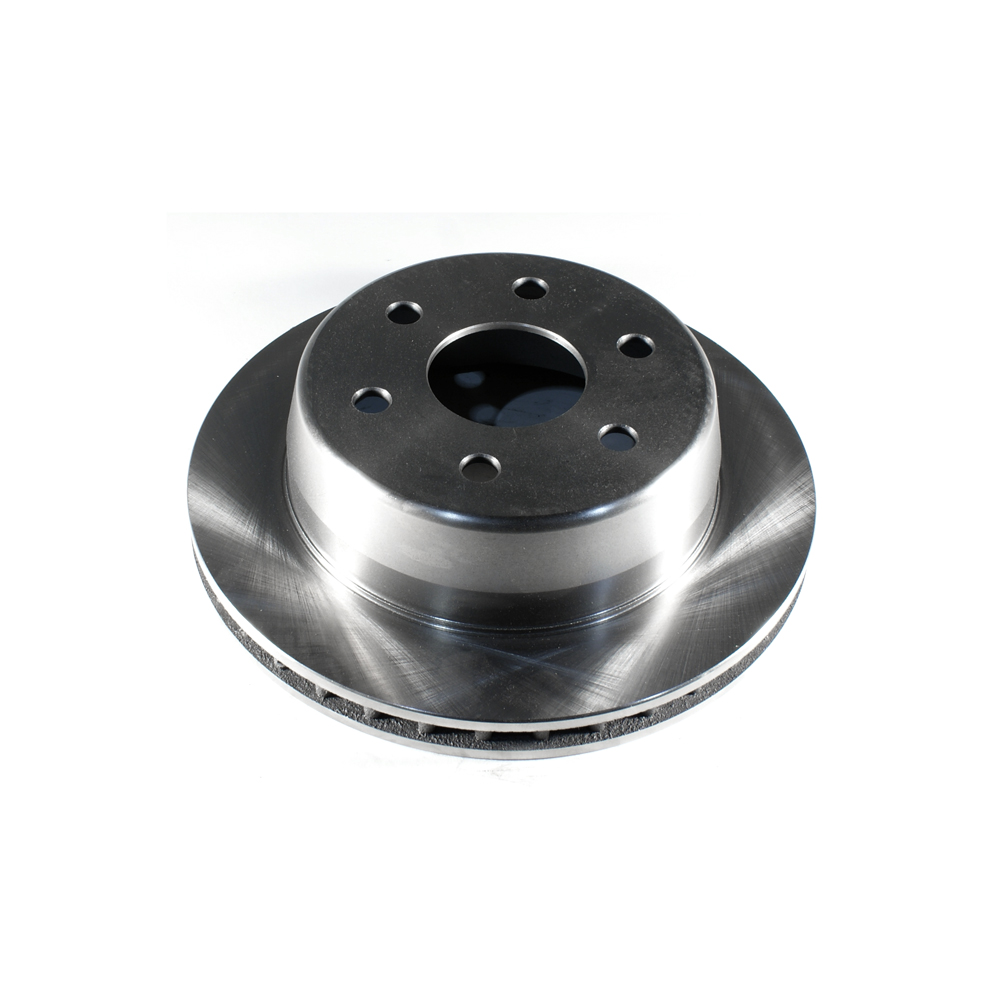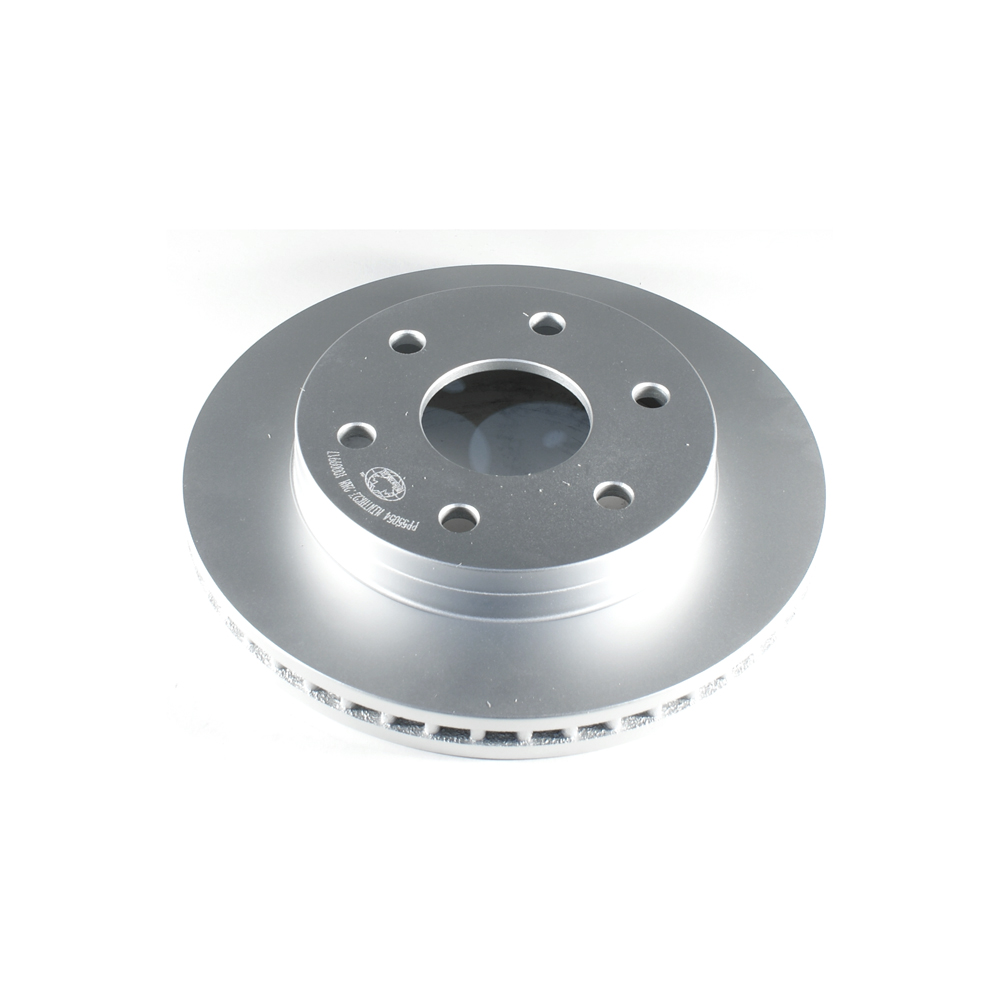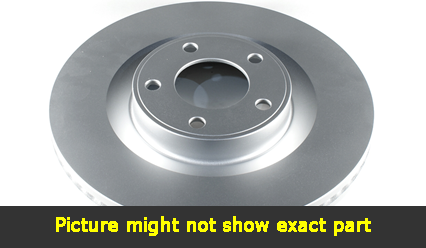2003 Chevrolet Avalanche 1500 Brake Rotors and Pads
Click here to search another vehicle
All Rotors:
OEM x
Coated x
Drilled, Slotted and Coated x
Front x
Rear x
All Pads:
Ceramic x
Semi-metallic x
Front x
Rear x
Found 19 record

Part No: BR55054
Raybestos: 56825
OE: 18060214
Raybestos: 56825
OE: 18060214
$40.25 each
Per Car QTY: 2

Part No: BR55084
Raybestos: 580165
OE: 25757802
Raybestos: 580165
OE: 25757802
$49.18 each
Per Car QTY: 2

Part No: PP55054
Raybestos: 56825
OE: 18060214
Raybestos: 56825
OE: 18060214
$57.11 each
Per Car QTY: 2

Part No: PP55084
Raybestos: 580165
OE: 25757802
Raybestos: 580165
OE: 25757802
$66.1 each
Per Car QTY: 2

Part No: UP55054L
Raybestos: 56825L
OE: 18060214
Raybestos: 56825L
OE: 18060214
$89.59 each
Per Car QTY: 1

Part No: UP55054R
Raybestos: 56825R
OE: 18060214
Raybestos: 56825R
OE: 18060214
$89.59 each
Per Car QTY: 1

Part No: UP55084L
Raybestos: 580165L
OE: 25757802
Raybestos: 580165L
OE: 25757802
$104.71 each
Per Car QTY: 1

Part No: UP55084R
Raybestos: 580165R
OE: 25757802
Raybestos: 580165R
OE: 25757802
$104.71 each
Per Car QTY: 1

Part No: PD785C
Raybestos: 785
OE:
Raybestos: 785
OE:
$35.24 each
Per Car QTY: 1
How to Choose Brakes for Your 2003 Chevrolet Avalanche 1500: A Comprehensive Guide
When it comes to ensuring the safety and performance of your vehicle, the braking system plays a crucial role. Every vehicle, including the 2003 Chevrolet Avalanche 1500, requires efficient and reliable brakes. However, with numerous options available in the market, selecting the right brake system for your vehicle can be an overwhelming task. To assist you in making an informed decision, here is a comprehensive guide on how to choose brakes for your 2003 Chevrolet Avalanche 1500.
1. Determine your driving style and needs:
Your driving style and requirements are essential factors to consider before choosing brakes. Determine whether you are more of a casual driver, someone who frequently commutes in heavy traffic, or an off-road enthusiast. Additionally, consider if you will be towing heavy loads or driving in hilly terrains. These aspects will help you choose brake types that are suitable for your driving habits and requirements.
2. Understand the different types of brake systems:
Brake systems are manufactured using various materials, each offering distinct advantages. The three prominent types used in modern vehicles are:
- Ceramic Brakes: These brakes are made from a mixture of ceramic fibers, bonding agents, and various levels of metal. They provide excellent stopping power, are quieter, produce minimal dust, and have a longer lifespan. Ceramic brakes are ideal for everyday driving, providing smooth and consistent braking performance.
- Semi-Metallic Brakes: Made with metal fibers, synthetic resins, and fillers, semi-metallic brakes are known for their durability and heat resistance. These brakes offer excellent stopping power, making them suitable for heavy-duty or performance applications. However, they can be noisier and produce more dust than ceramic brakes.
- Organic Brakes: Organic brakes are made from a blend of natural fibers, such as rubber, glass, and Kevlar, along with bonding agents. These brakes are more affordable but tend to wear out faster than ceramic or semi-metallic brakes. Organic brakes are suitable for light to moderate driving conditions.
3. Research OEM vs. Aftermarket:
OEM (Original Equipment Manufacturer) brakes are the ones initially installed by the vehicle manufacturer. These brakes provide a reliable and straightforward replacement option, ensuring compatibility and performance. However, they can be more expensive than aftermarket options.
Aftermarket brakes refer to those manufactured by third-party companies. These offer a wider range of choices and sometimes even enhanced performance options. But ensure you select reputable brands with good customer reviews to ensure quality and reliability.
4. Consult with professionals:
When in doubt, it is always wise to seek advice from professionals or consult a trusted mechanic. They have the experience and knowledge to guide you in choosing the most suitable brake system for your 2003 Chevrolet Avalanche 1500, considering factors like your driving habits, geographical location, and vehicle specifications.
5. Consider the maintenance aspect:
Different brake systems have varying maintenance requirements. While some brakes may require frequent replacement or adjustment, others may last longer with fewer maintenance needs. Take into account the maintenance aspects and costs associated with different brake systems before making a decision.
6. Check for warranty:
Lastly, it is crucial to consider the warranty provided by the brake manufacturer. A warranty ensures that you are protected against any defects or premature wear. Look for brakes that offer a substantial warranty period, as it signifies the manufacturer's confidence in their product's quality and performance.
By following these steps and considering the discussed factors, you will be able to choose the most suitable brakes for your 2003 Chevrolet Avalanche 1500. Remember, prioritizing safety and performance will provide you with a worry-free driving experience.
When it comes to ensuring the safety and performance of your vehicle, the braking system plays a crucial role. Every vehicle, including the 2003 Chevrolet Avalanche 1500, requires efficient and reliable brakes. However, with numerous options available in the market, selecting the right brake system for your vehicle can be an overwhelming task. To assist you in making an informed decision, here is a comprehensive guide on how to choose brakes for your 2003 Chevrolet Avalanche 1500.
1. Determine your driving style and needs:
Your driving style and requirements are essential factors to consider before choosing brakes. Determine whether you are more of a casual driver, someone who frequently commutes in heavy traffic, or an off-road enthusiast. Additionally, consider if you will be towing heavy loads or driving in hilly terrains. These aspects will help you choose brake types that are suitable for your driving habits and requirements.
2. Understand the different types of brake systems:
Brake systems are manufactured using various materials, each offering distinct advantages. The three prominent types used in modern vehicles are:
- Ceramic Brakes: These brakes are made from a mixture of ceramic fibers, bonding agents, and various levels of metal. They provide excellent stopping power, are quieter, produce minimal dust, and have a longer lifespan. Ceramic brakes are ideal for everyday driving, providing smooth and consistent braking performance.
- Semi-Metallic Brakes: Made with metal fibers, synthetic resins, and fillers, semi-metallic brakes are known for their durability and heat resistance. These brakes offer excellent stopping power, making them suitable for heavy-duty or performance applications. However, they can be noisier and produce more dust than ceramic brakes.
- Organic Brakes: Organic brakes are made from a blend of natural fibers, such as rubber, glass, and Kevlar, along with bonding agents. These brakes are more affordable but tend to wear out faster than ceramic or semi-metallic brakes. Organic brakes are suitable for light to moderate driving conditions.
3. Research OEM vs. Aftermarket:
OEM (Original Equipment Manufacturer) brakes are the ones initially installed by the vehicle manufacturer. These brakes provide a reliable and straightforward replacement option, ensuring compatibility and performance. However, they can be more expensive than aftermarket options.
Aftermarket brakes refer to those manufactured by third-party companies. These offer a wider range of choices and sometimes even enhanced performance options. But ensure you select reputable brands with good customer reviews to ensure quality and reliability.
4. Consult with professionals:
When in doubt, it is always wise to seek advice from professionals or consult a trusted mechanic. They have the experience and knowledge to guide you in choosing the most suitable brake system for your 2003 Chevrolet Avalanche 1500, considering factors like your driving habits, geographical location, and vehicle specifications.
5. Consider the maintenance aspect:
Different brake systems have varying maintenance requirements. While some brakes may require frequent replacement or adjustment, others may last longer with fewer maintenance needs. Take into account the maintenance aspects and costs associated with different brake systems before making a decision.
6. Check for warranty:
Lastly, it is crucial to consider the warranty provided by the brake manufacturer. A warranty ensures that you are protected against any defects or premature wear. Look for brakes that offer a substantial warranty period, as it signifies the manufacturer's confidence in their product's quality and performance.
By following these steps and considering the discussed factors, you will be able to choose the most suitable brakes for your 2003 Chevrolet Avalanche 1500. Remember, prioritizing safety and performance will provide you with a worry-free driving experience.








